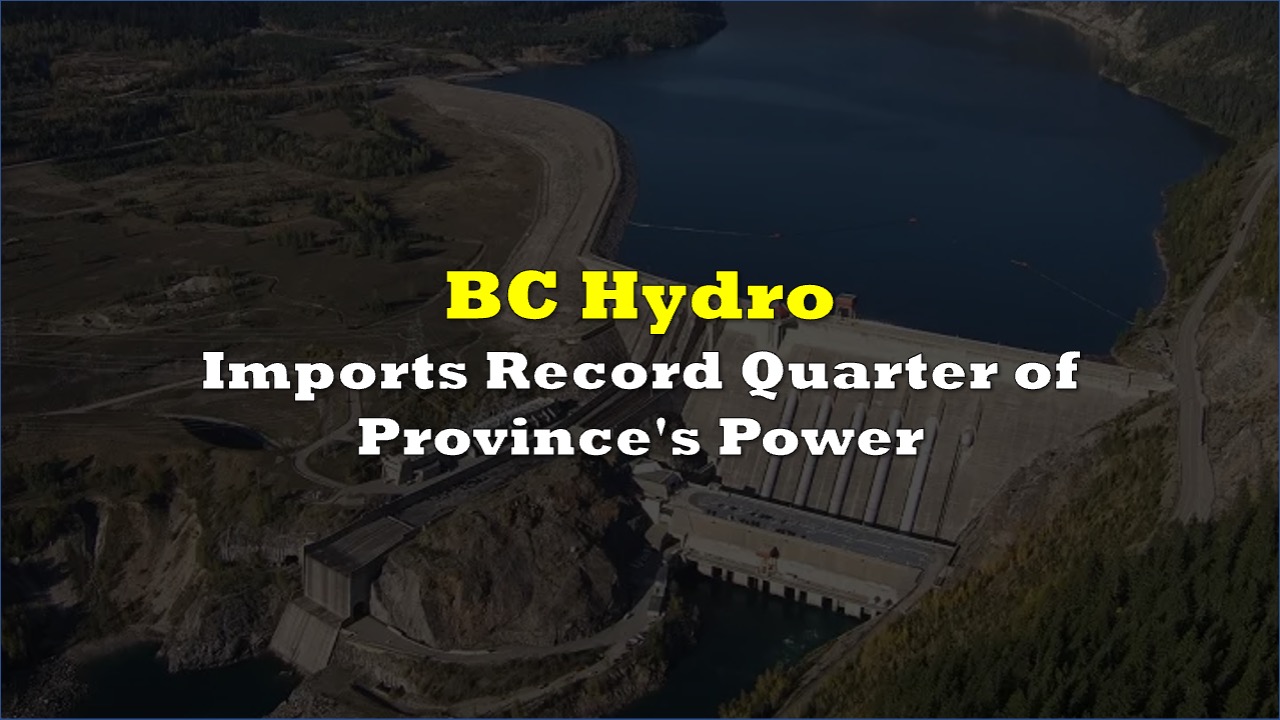BC Hydro brought in 13,600 gigawatt hours of electricity during fiscal year 2024—approximately one-quarter of the province’s total electricity consumption—costing nearly $1.4 billion, according to regulatory filings with the BC Utilities Commission.
The bulk of these imports came from the United States and Alberta, where fossil fuels generate a significant portion of electricity. The reliance on external power sources contrasts sharply with British Columbia’s identity as a clean energy leader, where renewable hydroelectric sources account for over 98% of domestic electricity generation.
BC Hydro imported a quarter of the province’s power in the last 12 months
— Heather Exner-Pirot (@ExnerPirot) October 22, 2025
They will not deign to build fossil fuel generated power at home due to climate targets but they will import it from USA and Alberta. It’s cognitive dissonance.https://t.co/ZEbjTFJ2Bq
Provincial officials point to sustained drought conditions as the primary driver behind the import surge. The utility’s hydroelectric output fell short of targets by 12,648 gigawatt hours — a decline of 28% — as reservoir levels dropped throughout the province’s major dam systems.
Energy Minister Adrian Dix said the province possesses “one of the world’s most significant, most important hydro systems,” while acknowledging that the import figures reflect “the significant multi-year drought affecting the province.”
The Energy Futures Institute, an industry group, has voiced concerns about energy security. The organization reported that most imported electricity came from US sources that derive 60% of their electricity from fossil fuels, and from Alberta’s predominantly natural gas-based grid. Barry Penner, the institute’s chairman and former environment minister, said the import level is “the first time it’s reached almost 25 per cent of our total needs.”
However, Dix emphasized that British Columbia has maintained profitability in power trading. “The power we export is worth way more than the power we import, such that the last five years, even though we’ve been importing more, we make $550 million for the ratepayers on the exchange,” he said.
The utility uses hydroelectric reservoirs to store energy in water form, allowing it to import electricity when prices drop and export when demand and prices peak. Over the past 16 years, the province imported electricity on a net basis in eight years and exported in eight years.
The $16 billion Site C Dam, which completed construction in August, now produces approximately 5,100 gigawatt hours of annual generation capacity. BC Hydro has also launched its first competitive call for power in over 15 years, seeking to acquire approximately 3,000 gigawatt hours per year of additional clean electricity.
Forecasters expect drought conditions to persist, potentially forcing the province to import significant power for a third consecutive year.
Information for this story was found via the sources and companies mentioned. The author has no securities or affiliations related to the organizations discussed. Not a recommendation to buy or sell. Always do additional research and consult a professional before purchasing a security. The author holds no licenses.




